AP® Spanish Literature
The Best AP® Spanish Literature Review: Topic Summaries, Examples, and Free Practice
Welcome to Albert’s collection of science topic reviews for teaching and reviewing AP® Spanish Literature. Teachers and students can explore our easy-to-follow guides below for use at home or in the classroom.
Unit 1 | La Época Medieval
What role does storytelling play in Medieval Spanish literature? How do authors use structure and literary devices to express cultural and moral values?
The review articles below explore essential concepts for understanding canonical works in AP® Spanish Literature and Culture. From frame narratives with moral teachings to poetic laments reflecting cultural conflict, these resources help you analyze how literature communicates power, identity, and tradition. Start with Unit 1: The Middle Ages.
Unit 2 | El Siglo XVI
How did Spanish and Indigenous writers of the 16th century portray power, identity, and cultural conflict? In what ways did literature reflect social inequality, humanism, and the urgency of living in the moment?
The review articles below introduce foundational texts from the 16th century, a time of conquest, colonization, and literary innovation. From the rise of the pícaro to the poetic voice of Indigenous resistance, this unit explores how authors used satire, symbolism, and humanist ideals to critique society and capture life’s fleeting beauty.
Unit 3 | El Siglo XVII
How did 17th-century writers express disillusionment with society, power, and human nature? In what ways did Baroque literature explore themes like honor, hypocrisy, and mortality?
The review articles below dive into the rich complexity of Spain’s Baroque period through poetry, theater, and early novels. From biting social satire and critiques of patriarchy to metaphysical meditations on death and decay, this unit unpacks the stylistic innovation and moral introspection that defined the literature of the 1600s.





Unit 4 | La literatura romántica, realista y naturalista
How did 19th-century authors use nature, emotion, and everyday life to challenge traditional values? In what ways do Romanticism, Realism, and Naturalism reflect personal longing, social inequality, and spiritual transformation?
The review articles below explore how 19th-century writers responded to political change, personal loss, and social injustice through deeply emotional and vivid storytelling. From Romantic odes to nature’s power to Naturalist depictions of violence and poverty, this unit examines how authors gave voice to individual struggle and societal critique.
Unit 5 | La Generación del '98 y el Modernismo
How did writers from the Generation of ’98 and the Modernismo movement respond to national identity, imperialism, and cultural crisis? What literary tools did these authors use to critique materialism and celebrate Latin American and Spanish heritage?
The review articles below explore how Modernist and Generation of '98 authors blended political commentary with literary innovation. From poetic essays that inspire national pride to existential fiction and lyrical protest against imperialism, this unit examines how writers gave voice to spiritual, cultural, and social transformation.
Unit 6 | Teatro y poesía del siglo XX
How do modern Spanish-language poets and playwrights use literature to challenge power, identity, and social roles? In what ways do 20th-century works reflect the voices of marginalized groups through form, language, and symbolism?
The review articles below explore how writers like García Lorca, Dragún, Morejón, and Neruda transformed theater and poetry into tools of social resistance and self-expression. From feminism and racial identity to existential angst and political protest, these works illuminate the struggles and hopes of the 20th century across Latin America and Spain.








Unit 7 | El Boom Latinoamericano
How do Latin American authors from the Boom era blend fantasy with reality to explore identity, time, and society? What literary techniques do authors like García Márquez, Borges, Cortázar, and Allende use to challenge traditional narratives?
The review articles below unpack the hallmark traits of the Boom Latinoamericano—a literary movement known for breaking narrative conventions and blending magical realism, existentialism, and social critique. From shifting timelines to blurred boundaries between dreams and reality, these stories challenge readers to question truth, perception, and power.
Unit 8 | Obras Contemporáneas
How do contemporary Spanish-language authors use personal experience and collective memory to explore identity, frustration, and resilience? What literary techniques bring to life the everyday struggles and triumphs of marginalized voices in the modern world?
The review articles below explore the major themes and techniques found in contemporary Spanish-language literature. From poetic coming-of-age journeys in rural New Mexico to fragmented inner monologues in urban traffic, these stories highlight the emotional depth and cultural complexity of the modern experience.
Interested in a school license?
➜ SAT® & ACT®
➜ AP®
➜ ELA, Math, Science, & Social Studies
➜ State assessments
Options for teachers, schools, and districts.





